Case Report: Kounis syndrome due to cryptopteran bite
Frontiers in Cardiovascular Medicine
FEBRUARY 5, 2024
Anaphylaxis leads to plaque rupture or erosion leading to acute myocardial infarction (type II) and acute coronary stent thrombosis (type III). Emergency coronary angiography showed coronary spasm and moderate lumen stenosis in the middle segment of left anterior descending artery (LAD).

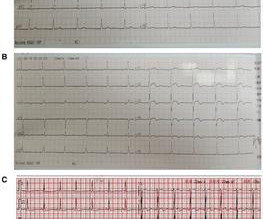




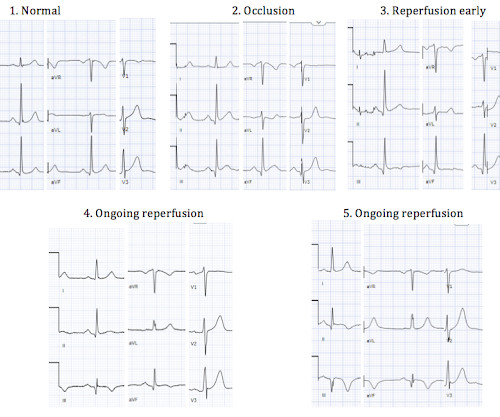
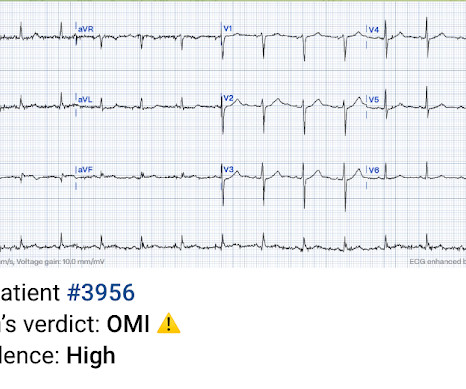
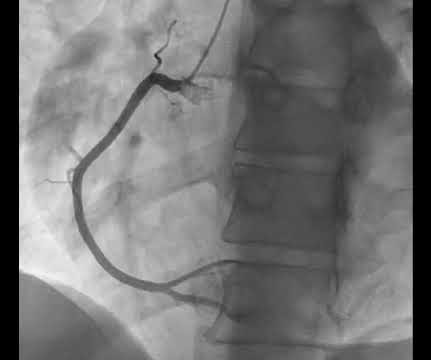

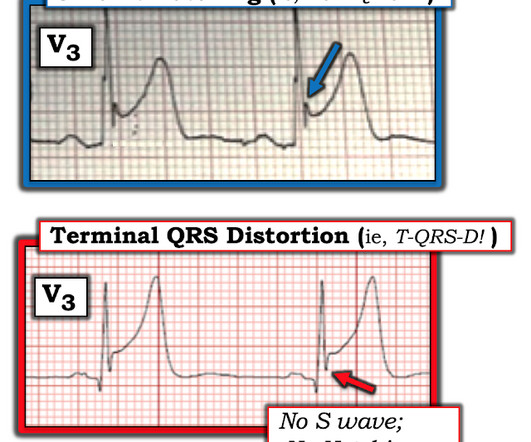
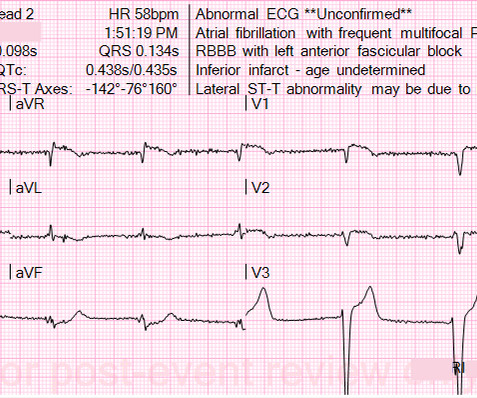






Let's personalize your content